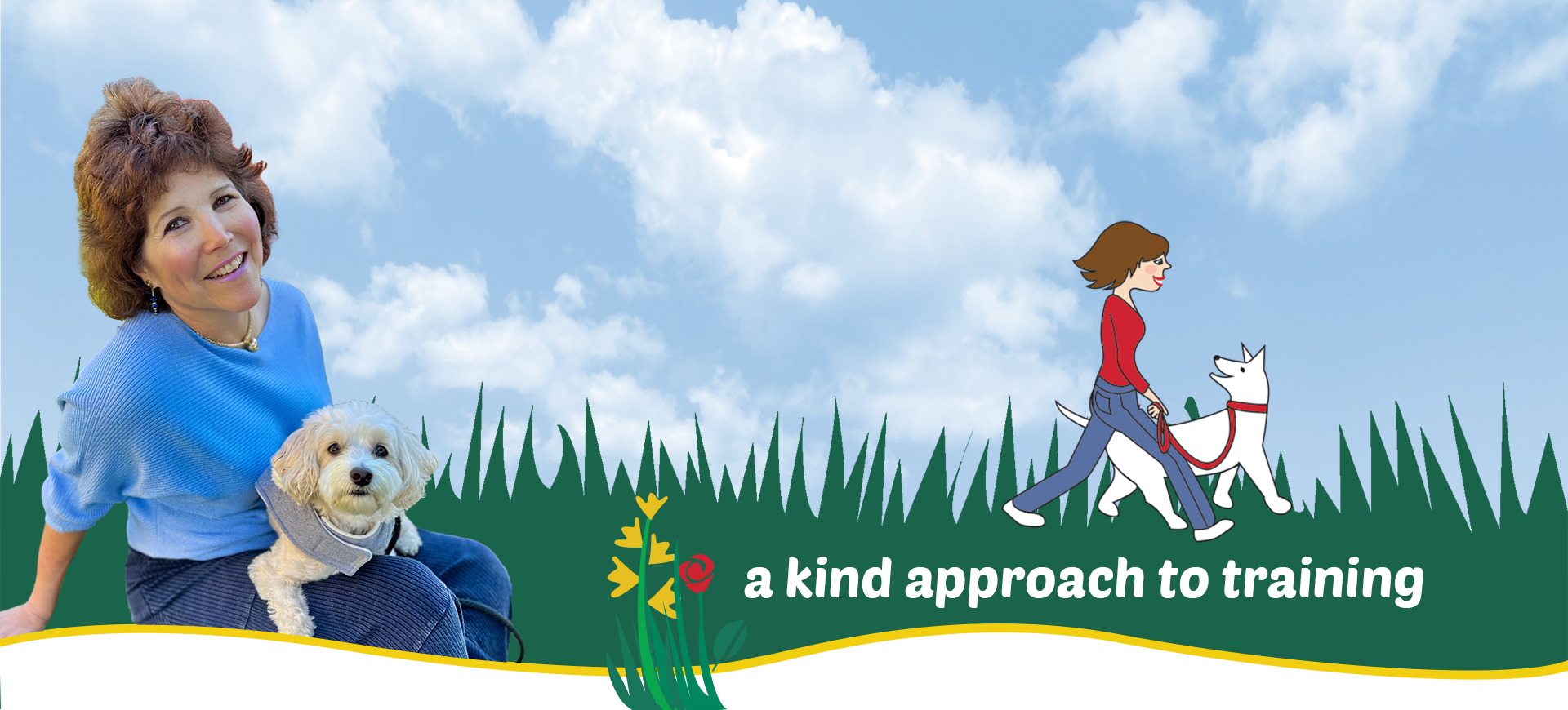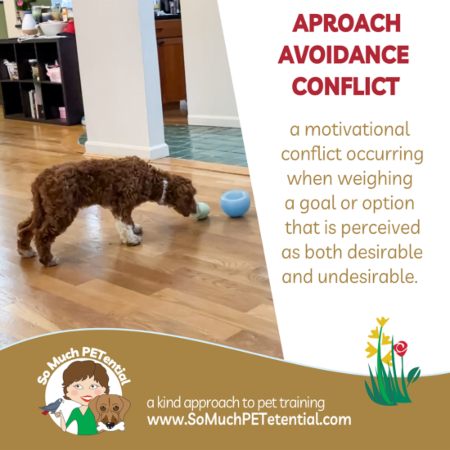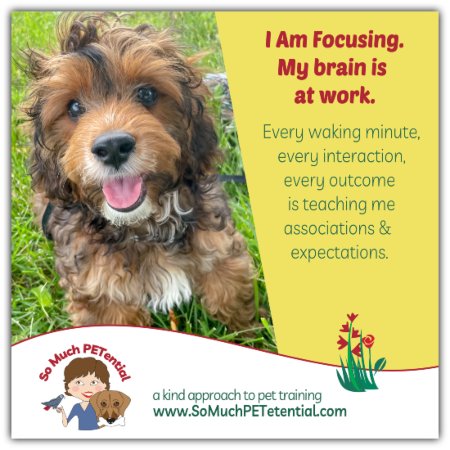This is one of the ways I give Dawson his breakfast. Not only is it a time when we both have come to learn positive associations with sitting together on the floor, it is also about teaching him a positive association with being combed and brushed. That’s especially important since he is a puppy who will need haircuts for the remainder of his life.
Classical conditioning (also known as respondent or Pavlovian learning) occurs through repeated, close pairing of a neutral stimulus with an existing stimulus. It is a reflexive type of learning where one stimulus (in this case, the brush) comes to acquire the same response as another stimulus (the dog food). Additionally, operant conditioning is a type of learning based upon the consequences of the behavior. The behavior will strengthen or weaken depending on what follows the behavior. In this case, I am teaching Dawson that laying with relaxed (loose) body muscles while I run the brush through his hair gets him a yummy treat.
Has it been working to teach Dawson to be still and relaxed when being groomed? Well, the last time I picked him up from his groomer, Desh told me she could tell I had been working with him as he relaxed easily when she did what she needed to do.
Practicing Grooming With A Puppy from Lisa Desatnik on Vimeo.







